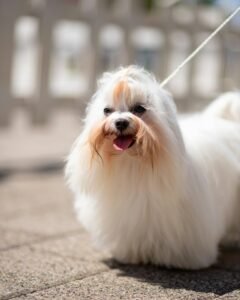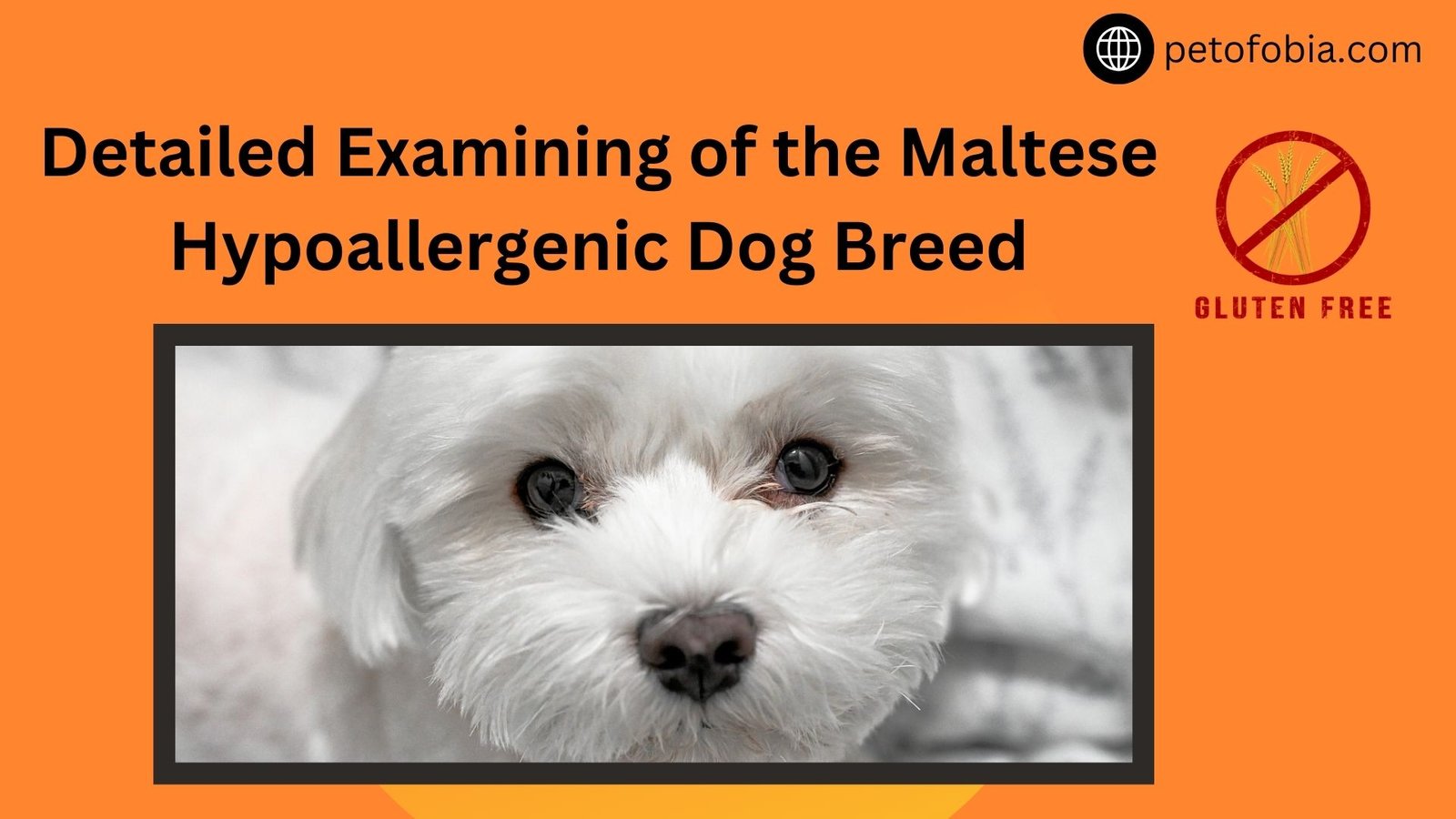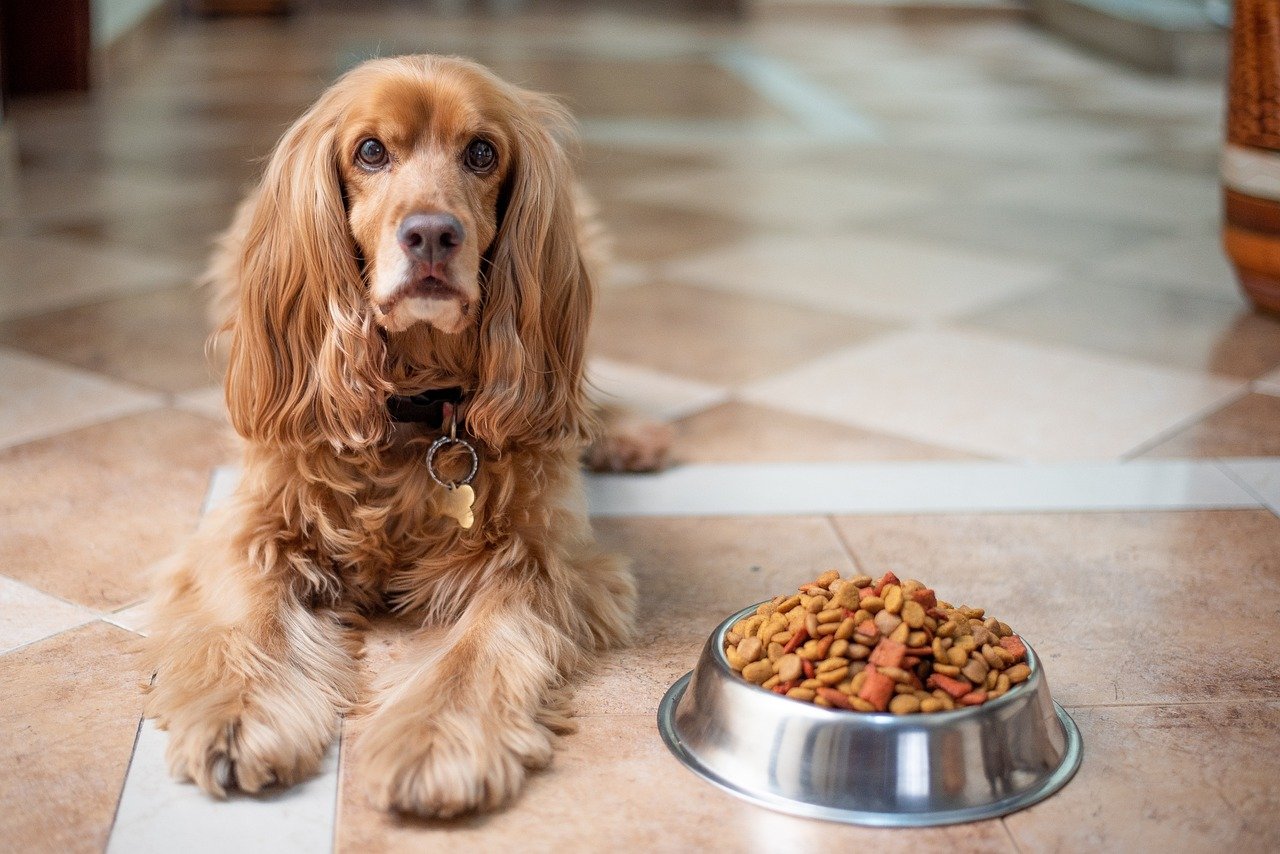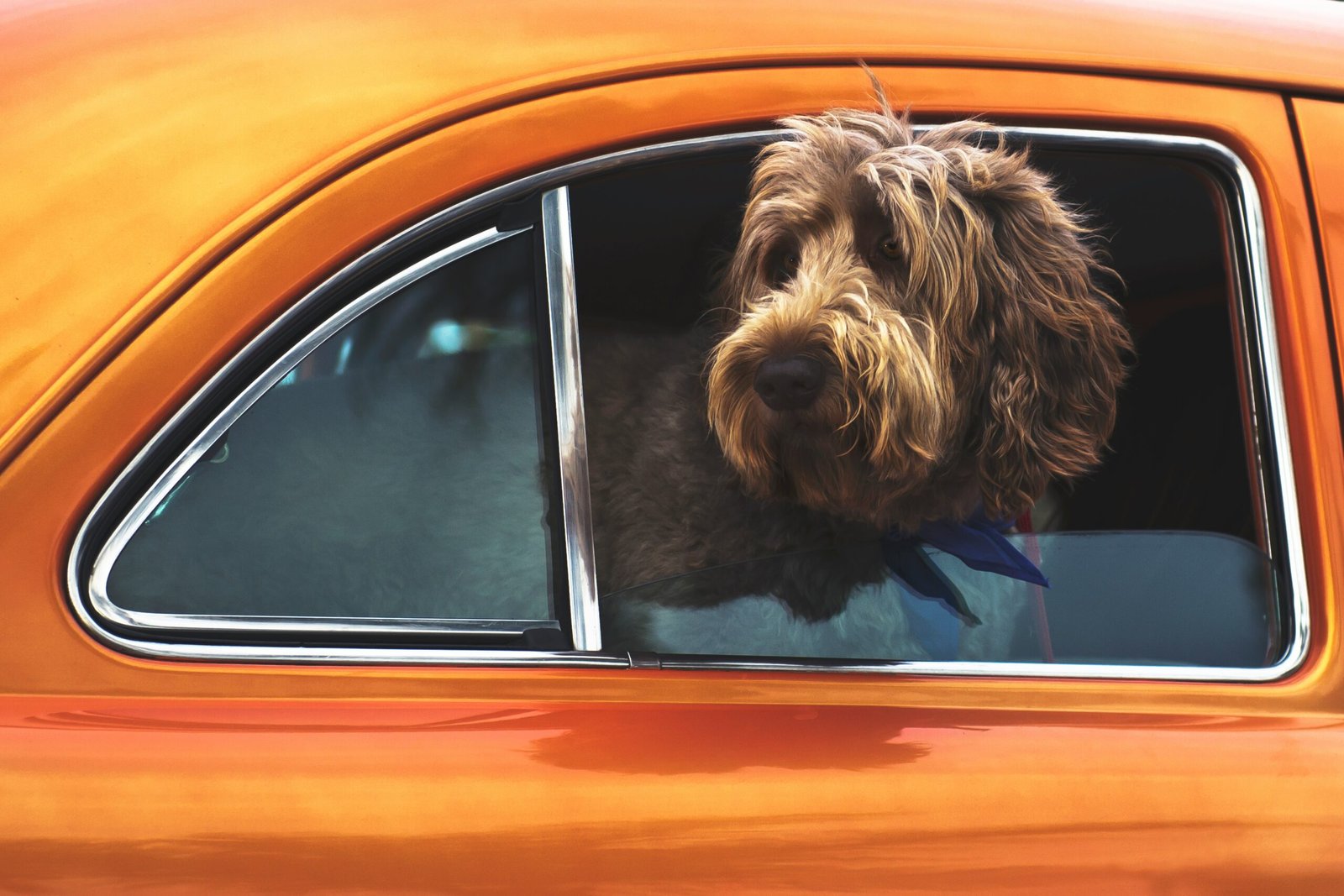The phrase “hypoallergenic” is frequently used when people with allergies are thinking about getting a pet. The Maltese is one breed that is praised for being allergy-friendly. This little, refined breed is well-known for its lovely white coat and endearing personality. However, what factors specifically qualify the Maltese as a hypoallergenic dog breed, and what should prospective owners be aware of?
This study delves further into the Maltese hypoallergenic dog breed, looking at its hypoallergenic qualities, maintenance needs, and general compatibility for those with allergies.

Table of Contents
ToggleUnderstanding Dog Breeds That Are Hypoallergenic
Dog breeds classified as hypoallergenic are ones that are less prone to cause allergic reactions in people with sensitive skin. This classification usually applies to breeds that shed less fur, which can harbour allergens, or that produce less allergens, like as dander, saliva, or urine.
The word “hypoallergenic” refers to a breed that is less prone than other breeds to induce an allergic reaction, not that they are completely allergy-free. Dog dander, saliva, and urine all include proteins that are the main causes of allergies in dogs. Breeds that are hypoallergenic frequently have coats that reduce the amount of these proteins released into the surrounding air.
An Overview of the Maltese hypoallergenic dog Breed
The Maltese is a toy breed distinguished by its energetic demeanour and long, silky white coat. The Maltese, who originated in the Mediterranean, has been loved for ages as a companion dog because of its graceful beauty and kind disposition.
Physical attributes:
Size: Maltese dogs are little canines that usually weigh 4 to 7 pounds and have a shoulder height of 7 to 9 inches.
Coat: Their long, flowing white coat, which is silky and straight, is what makes them most distinctive. Regular grooming is necessary to keep the coat looking nice and to avoid matting.
Temperament: Playful, loving, and perceptive, Maltese dogs are well-known for these qualities. Although they can be a little reserved with strangers, they get along well with families and other dogs in general.

The Maltese has hypoallergenic characteristics
The Maltese breed is regarded as hypoallergenic because of a number of important coat and general breed traits, including:
Coat Structure: Rather than fur, the Maltese breed’s coat is composed of hair. Since hair is less prone than fur to shed, there is a noticeable decrease in the quantity of dander emitted into the environment. The Maltese dog breed’s constant hair growth also helps to reduce the frequency of shedding. Frequent grooming contributes to the control and reduction of dander accumulation, which lowers the risk of allergic reactions.
Production of Dander: The hair texture of the Maltese dog breed helps to trap dander inside the coat rather than allowing it to become airborne, even though no dog breed is completely dander-free. Regular grooming is necessary for Maltese dogs, which entails daily brushing and sporadic baths. Frequent brushing helps keep the coat looking nice and helps get rid of dander and stray hair, which can make the living space cleaner.
The Maltese Requirements for Maintenance
Taking special care of a Maltese puppy or kitten is necessary to maintain their health and wellbeing.
Grooming: The Maltese needs careful grooming due to their lengthy coat. Brushing on a daily basis is necessary to avoid matting and tangling. Frequent washings with a gentle dog shampoo are also essential for maintaining the coat’s cleanliness and controlling dander. Regular grooming promotes the breed’s general health and helps preserve its hypoallergenic characteristics.
Diet and Nutrition: The Maltese people’s health depends on eating a well-balanced diet. A premium dog food that offers the essential nutrients will promote the health of their coat and general wellbeing. The ideal food for your Maltese should be determined in consultation with a veterinarian, taking into account factors like age, weight, and any particular health issues.
Exercise and Mental Stimulation: Maltese dogs require regular mental and physical stimulation despite their small stature. Playtime and daily walks are crucial for their mental and physical wellness. Interactive toys and interesting activities can keep them occupied and help avoid behavioural problems.

Suitable for People with Allergies
Because of its hypoallergenic characteristics, the Maltese breed is frequently suggested for people with allergies. But before deciding on a breed, prospective owners must take into account their own allergic sensitivity. Before adopting, spending time with a Maltese can help assess individual responses and evaluate whether the breed is a good fit.
Trial Period: To see whether there are any allergic reactions, try spending some time with a Maltese. If the hypoallergenic qualities of the breed are helpful in controlling your allergies, this trial period can help ascertain that. Despite the hypoallergenic characteristics of the breed, some individuals may still develop moderate sensitivities.
Home Environment: Keeping your home tidy can aid in the management of allergies. Allergens can be decreased by routine cleaning, which includes vacuuming and washing bedding.
Summary
The Maltese is a popular choice for people with allergies because it is a lovely and elegant toy breed that is also hypoallergenic. Its silky, long coat sheds little and contributes to less dander in the air, but it still needs to be groomed frequently. Many households find the breed to be a suitable companion because to its small stature and friendly attitude.
Although the Maltese is not completely allergy-free, many people’s allergic symptoms can be lessened by its hypoallergenic qualities. To ensure a happy experience with this breed, proper grooming, a clean-living environment, and regular monitoring of allergy symptoms are necessary.






